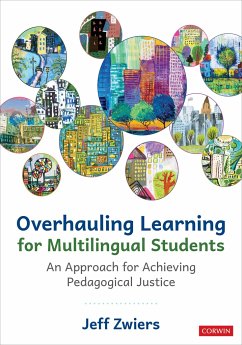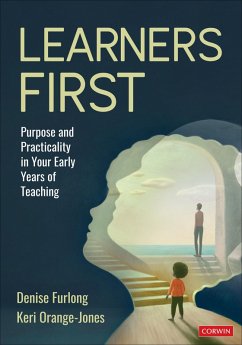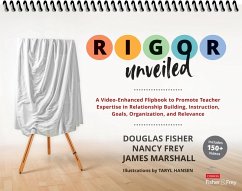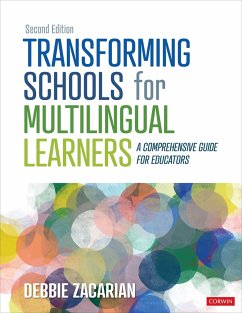Nicht lieferbar

Collaboration for Multilingual Learners With Exceptionalities
We Share the Students
Versandkostenfrei!
Nicht lieferbar
Discover models, strategies, and real-life stories to strengthen your collaborative practices. Cooperation, coordination of services, and impactful collaboration are critical to the success of multilingual learners with exceptional needs. Written by experts in the fields of language and literacy development, equity, and special education, this practical guide emphasizes the power of partnership and inclusive pedagogy to transform educational practices for culturally and linguistically diverse students. Through six comprehensive chapters, the book offers strategies for effective co-planning, co...
Discover models, strategies, and real-life stories to strengthen your collaborative practices. Cooperation, coordination of services, and impactful collaboration are critical to the success of multilingual learners with exceptional needs. Written by experts in the fields of language and literacy development, equity, and special education, this practical guide emphasizes the power of partnership and inclusive pedagogy to transform educational practices for culturally and linguistically diverse students. Through six comprehensive chapters, the book offers strategies for effective co-planning, co-assessment, and co-teaching, while emphasizing the importance of cultural responsiveness and equitable classroom-based approaches for multilingual learners with exceptionalities. Each chapter includes opening sketch notes offering a visual representation of key ideas, anchor and reflection questions, and additional resources for extended professional learning. Other unique features include: * Integration of Universal Design for Learning throughout the book with unique adaptations for multilingual learners * Real-life scenarios of successful collaborative practices and innovations developed by educators of dually identified multilingual learners * Leadership-specific recommendations to support the success of initiatives for multilingual learners with exceptionalities * Essential tools and protocols to implement equitable classroom-based approaches for creating inclusive, collaborative learning environments Both a practical guide and an urgent call-to-action, this book supports educators, districts, and communities to embrace collaboration, combine their professional expertise, and use shared voices to advocate for multilingual learners with exceptionalities.













